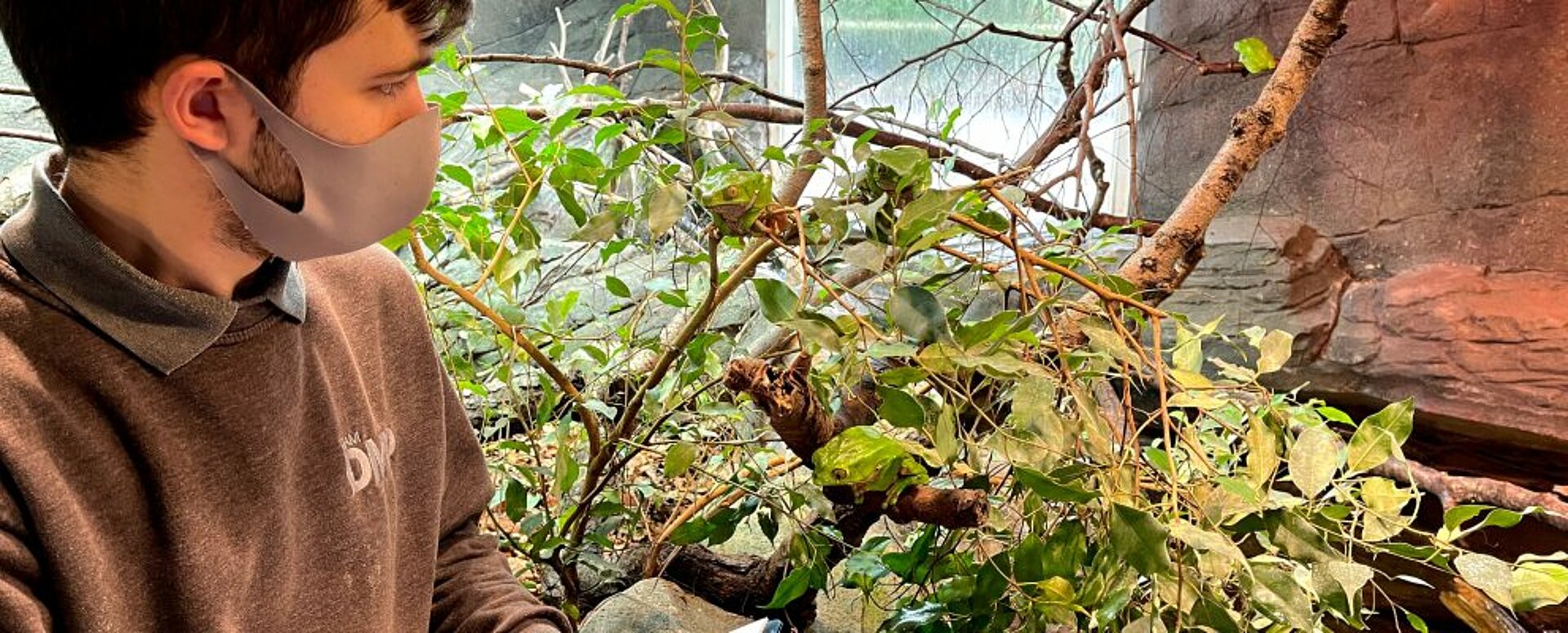
Annual Zoo Stock Take
We’ve kick-started the new year with an annual head count of our amazing zoo inhabitants.
Home to the much-loved ‘Mystic Meerkats’, our 15-acre conservation zoo currently houses over 500 animals from across the globe, including a wide variety of endangered and rare species.
As part of an audit submitted to the local authority each year, our zookeepers have been busy totting up all creatures great and small, from primates and reptiles to the tiniest of bugs.
This year’s head count includes six adorable Emperor Tamarins – a South American species of primate famous for their striking white ‘moustache’ and playful personality. The zoo count also featured the park’s five resident Meerkats.
Zookeepers left no stone unturned in the Reptile House; counting each and every one of the 170 reptiles and amphibians, as well as 89 bugs. No matter how small. Among the fascinating creatures in the house were 83 lightning-fast reed frogs and five critically endangered Radiated Tortoises from Madagascar.
Whilst the larger animals are easier to keep track of, the team also had to account for the tiniest residents – including hundreds of individual eggs laid by the zoo’s Madagascan Blue Stick Insects.
In the exotic aviary, Jewels of Oz, keepers counted two critically endangered Swift Parakeets, three Star Finches and sixteen Gouldian Finches. Also counted amongst the flock of feathered friends were six Heck Finches, three Owl Faced Finches, two Parrot Finches and one Cherry Finch – all from various parts of Australia.
Our commitment to conservation is vital for many endangered species from across the globe, particularly in isolated regions such as Madagascar, where 90 per cent of the primary forest has been destroyed through deforestation.
Chris Mitchell, Head of Zoo Operations said:
“Our dedicated team of animal specialists have been hard at work counting each and every one of our precious inhabitants – and some definitely took longer than others! Our annual stock take is a great chance for our keepers to see if our animal records exactly match our physical count of animals. The majority of our animals increasingly rely on zoos and other conservation organisations for their ongoing survival through coordinated breeding programmes and support for projects that protect them in their home ranges. We pay careful attention to the needs of our animals, whilst ensuring we offer our guests the best visitor experience, by creating better viewing and seating areas and opportunities to learn about the animals. We are committed to continually improving our guest zoo experience and hope to introduce even more exciting animal habitats in the future.”